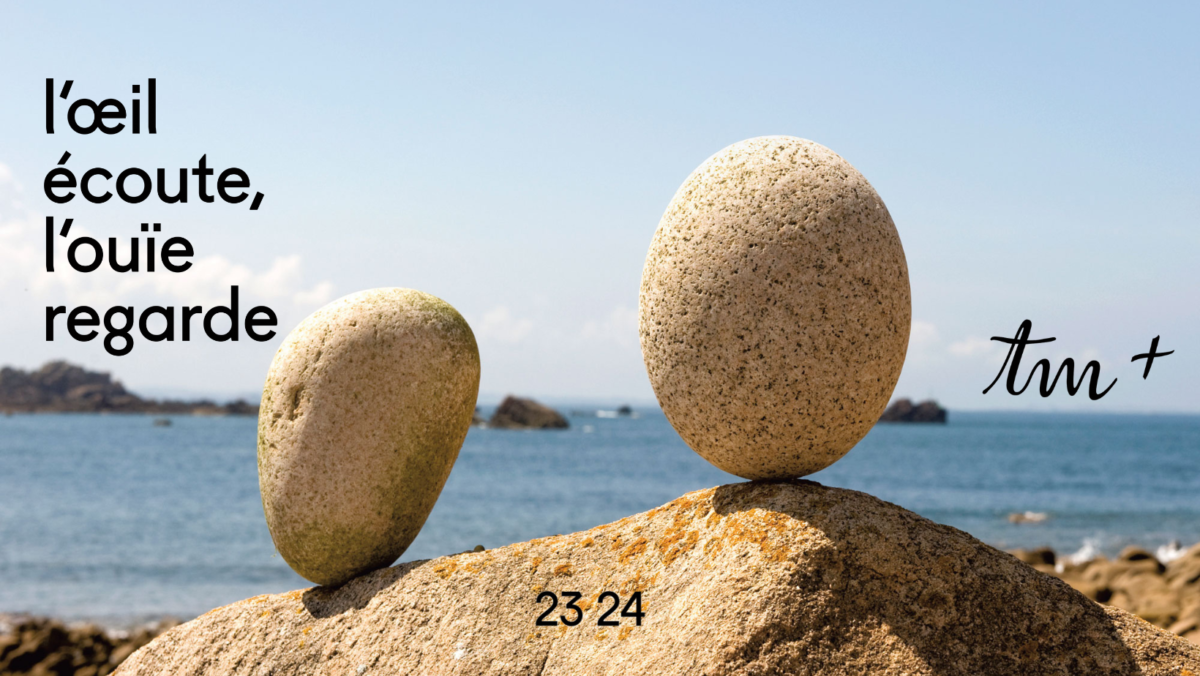FANTAISIES ET CHANTS D’AMOUR D’HIER ET D’AUJOURD’HUI
Gaëlle Méchaly, soprano
Emmanuel Balssa, viola da gamba
David Simpson, cello
Christopher GIBBONS (1615 – 1676)
Fantaisia n° 3
Jan Pieterszoon SWEELINCK (1562- 1621)
Dolcissimo ben mio
Tobias HUME (1569- 1645)
Fain would I change that note
Gerald GLYNN (1943)
Sir Walter Ralegh Duo (excerpts)
Christopher SIMPSON (1605- 1669)
Prelude in E minor
Jean-Philippe RAMEAU (1683- 1764)
Cantata l’Impatience – 1st Recital, 1st Air
Joseph Clemens dall’ABACO (1710- 1805)
Capriccio n° 8
Marin MARAIS (1656- 1728)
Prelude of the 1st Suite of the 4th Book.
Michel LAMBERT (1610 – 1696)
You will not know my eyes
Georg Friedrich HAENDEL (1685- 1759)
Credete al mio dolore (extract from Alcina)
Bruno GINER (1960)
Plainte for solo viola da gamba
Ivan FEDELE (1953 )
Querida presencia
Henry PURCELL (1659 – 1695)
Recital and Dido’s Lament
Klaus HUBER (1924 – 2017)
Ein Hauch von Unzeit (short version)
Manuel de FALLA (1876 – 1946)
Nana
Voice, cello and viola da gamba engage in correspondence between composers that four centuries apart but do not separate.
TM+ proposes here an original “Journey of Listening” bringing together 3 performers: a singer, a viola da gamba player, and a cellist playing alternately on two cellos, one baroque and one modern. Each of them has performed on the great stages of baroque music, which has never prevented them from exploring different and eclectic repertoires with an ever-awakening curiosity, exploring all the possibilities of their instruments.
This program is all the more unusual as there is no original repertoire for this group and the musicians have therefore sought out repertoire that they could adapt for their trio:
A mixture of solo and duet instrumental pieces and vocal pieces that have the common theme of happy or unhappy love. This journey begins in the early 17th century, travels through the 18th, jumps over the 19th, and lands in the 20th and 21st centuries, with round trips between eras, countries and languages.
The viola da gamba and the cello are instruments from two distinct families, but they have their tessitura in common. Each has its own playing technique and sound, as illustrated by the solo pieces by Simpson, dall’Abaco, and Giner. But they can also blend very harmoniously, as in Gibbons’ Fantaisie, Marin Marais’ Prelude, or Huber’s piece, and in the accompaniments to baroque vocal pieces, in which the two instruments dialogue with the voice or take the place of the string orchestra or basso continuo.
The pieces for voice and one instrument are all original, not transcriptions. A few words about the recent pieces: Ivan Fedele uses only two words for his piece, which is labeled “nostalgico come un tango”. Klaus Huber is directly inspired by the basso continuo line of Purcell’s Dido’s Lament, and gradually deconstructs it… “Nana” by Manuel de Falla. Nana” by Manuel de Falla, despite its brevity and apparent simplicity, is one of the most moving lullabies of all time.
Production TM+

